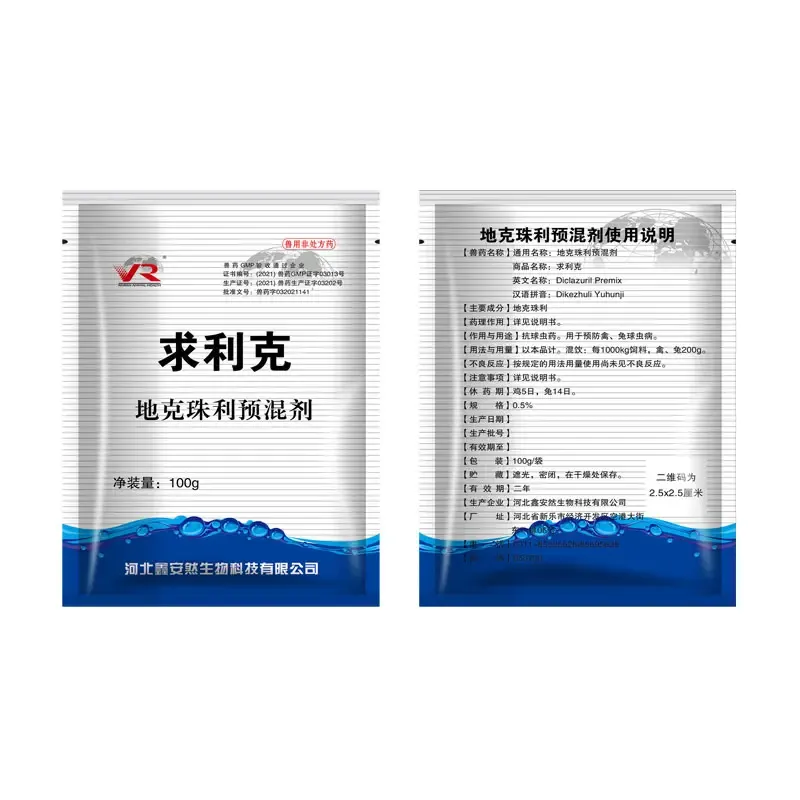- Afrikaans
- Albanian
- Amharic
- Arabic
- Armenian
- Azerbaijani
- Basque
- Belarusian
- Bengali
- Bosnian
- Bulgarian
- Catalan
- Cebuano
- Corsican
- Croatian
- Czech
- Danish
- Dutch
- English
- Esperanto
- Estonian
- Finnish
- French
- Frisian
- Galician
- Georgian
- German
- Greek
- Gujarati
- Haitian Creole
- hausa
- hawaiian
- Hebrew
- Hindi
- Miao
- Hungarian
- Icelandic
- igbo
- Indonesian
- irish
- Italian
- Japanese
- Javanese
- Kannada
- kazakh
- Khmer
- Rwandese
- Korean
- Kurdish
- Kyrgyz
- Lao
- Latin
- Latvian
- Lithuanian
- Luxembourgish
- Macedonian
- Malgashi
- Malay
- Malayalam
- Maltese
- Maori
- Marathi
- Mongolian
- Myanmar
- Nepali
- Norwegian
- Norwegian
- Occitan
- Pashto
- Persian
- Polish
- Portuguese
- Punjabi
- Romanian
- Russian
- Samoan
- Scottish Gaelic
- Serbian
- Sesotho
- Shona
- Sindhi
- Sinhala
- Slovak
- Slovenian
- Somali
- Spanish
- Sundanese
- Swahili
- Swedish
- Tagalog
- Tajik
- Tamil
- Tatar
- Telugu
- Thai
- Turkish
- Turkmen
- Ukrainian
- Urdu
- Uighur
- Uzbek
- Vietnamese
- Welsh
- Bantu
- Yiddish
- Yoruba
- Zulu
Dec . 12, 2024 10:04 Back to list
lincomycin hydrochloride
Lincomycin Hydrochloride An Overview
Lincomycin hydrochloride is an antibiotic that belongs to the lincosamide class of antibiotics, primarily derived from the bacterium *Streptomyces lincolnensis*. This compound has been widely used in clinical therapy to treat a variety of bacterial infections. Due to its unique mode of action and specific spectrum of activity, lincomycin hydrochloride has become an essential agent in the arsenal of antifungal treatments.
Mechanism of Action
Lincomycin works by inhibiting bacterial protein synthesis. It binds to the 50S subunit of the bacterial ribosome, thus preventing the formation of peptide bonds. This mechanism leads to the cessation of bacterial growth and reproduction. As a result, lincomycin is particularly effective against Gram-positive bacteria, notably *Staphylococcus aureus*, *Streptococcus pneumoniae*, and *Clostridium perfringens*, along with certain anaerobes. However, it is essential to note that lincomycin is ineffective against Gram-negative bacteria.
Clinical Uses
Lincomycin hydrochloride is utilized in the treatment of various infections, including serious skin and soft tissue infections, respiratory tract infections, and bone infections caused by susceptible organisms. It is particularly valuable in patients allergic to penicillin, as it offers a useful alternative in treating infections caused by penicillin-resistant strains. Lincomycin is also used in combination with other antibiotics to enhance its antimicrobial efficacy.
In addition to treating infections, lincomycin has found a place in the management of certain severe cases of acne. Its effectiveness against *Propionibacterium acnes*, the bacterium implicated in the development of acne, has made it a viable option for topical or systemic treatment, particularly in patients who do not respond to conventional therapies.
Pharmacokinetics
lincomycin hydrochloride

Lincomycin hydrochloride exhibits good oral bioavailability and can be administered both orally and intravenously, depending on the severity of the infection. After oral administration, peak plasma concentrations are typically reached within one to two hours. The drug is widely distributed in body tissues and fluids, penetrating well into bones, lungs, and skin. However, it is important to consider its metabolism and excretion; lincomycin is primarily eliminated by the liver, with metabolites excreted in urine and feces.
Side Effects
Like all medications, lincomycin hydrochloride is associated with potential side effects. Common adverse reactions include gastrointestinal disturbances, such as diarrhea, nausea, and vomiting. In some cases, patients may experience antibiotic-associated colitis, a potentially serious condition caused by an overgrowth of *Clostridium difficile*. Other less frequent side effects include skin rashes, neutropenia, and elevation of liver enzymes. Healthcare providers must assess the risk versus benefit before prescribing lincomycin, especially in patients with a history of gastrointestinal disorders.
Resistance Concerns
With the growing issue of antibiotic resistance, the use of lincomycin hydrochloride is increasingly scrutinized. The misuse and overuse of antibiotics have led to the emergence of resistant bacterial strains, limiting the effectiveness of many conventional antibiotics, including lincomycin. Consequently, it is crucial for healthcare professionals to undergo continuous education regarding the principles of antimicrobial stewardship to ensure that antibiotics are prescribed appropriately.
Conclusion
Lincomycin hydrochloride remains a vital antibiotic in the treatment of certain bacterial infections, particularly for patients who are intolerant to penicillin. Its unique mechanism of action and spectrum of activity against Gram-positive bacteria make it an essential tool in managing a range of infections. However, healthcare providers must remain vigilant about its potential side effects and the growing concern of antibiotic resistance. The continued research and development of antibiotics will be crucial in combating resistant strains and ensuring effective treatment options remain available for future generations. As the field of medicine evolves, lincomycin hydrochloride exemplifies the enduring importance of antibiotics in clinical practice, highlighting the necessity for responsible usage and ongoing medical innovation.
-
Guide to Oxytetracycline Injection
NewsMar.27,2025
-
Guide to Colistin Sulphate
NewsMar.27,2025
-
Gentamicin Sulfate: Uses, Price, And Key Information
NewsMar.27,2025
-
Enrofloxacin Injection: Uses, Price, And Supplier Information
NewsMar.27,2025
-
Dexamethasone Sodium Phosphate Injection: Uses, Price, And Key Information
NewsMar.27,2025
-
Albendazole Tablet: Uses, Dosage, Cost, And Key Information
NewsMar.27,2025













